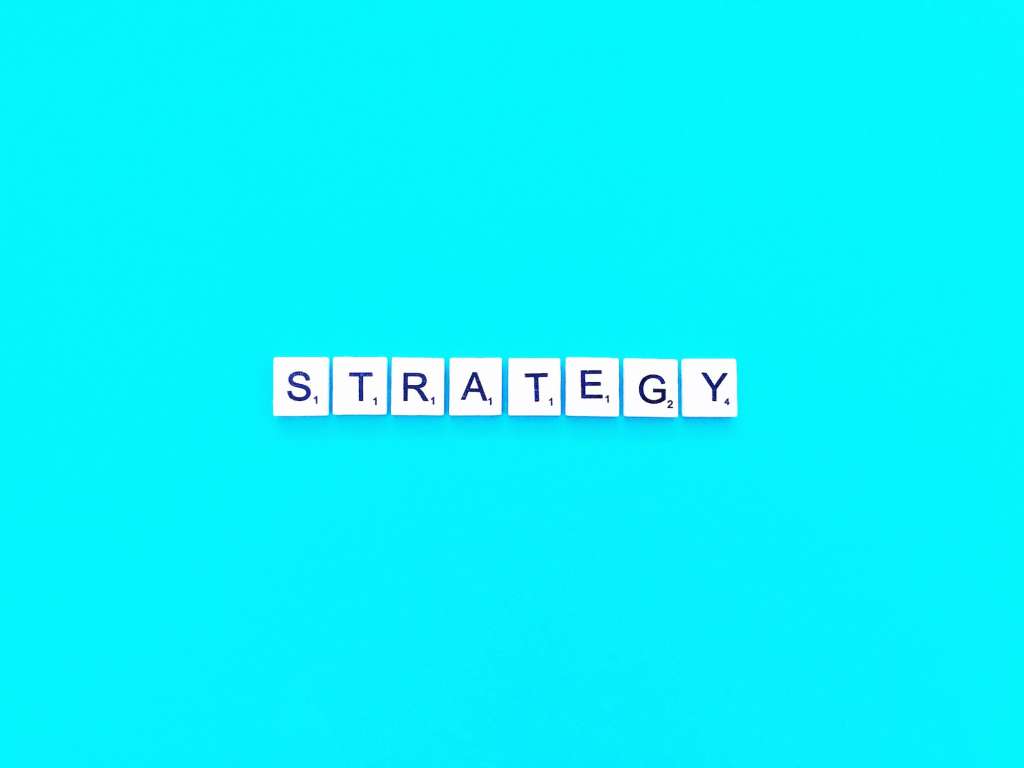In the dynamic business landscape, dealing with challenging clients is an inevitable hurdle that business owners across various industries encounter. While these demanding customers can strain the customer experience, they also offer valuable opportunities to strengthen relationship management abilities.
By mastering the best ways to respond, like taking a deep breath and utilizing active listening to understand needs, business owners can enhance their skills to find a solution. Learning processes and steps to effectively manage difficult clients can help business owners bolster their reputation and elevate their company to new heights.

How SwagMagic can help your brand?
- Bulk Buy & Save on your gifts!
- Curate Customized Swag Boxes!
- Launch Your Store for your employees!
- Secure Swag Storage with us!
Though challenging clients strains patience, approaching them as opportunities to improve relationship management, client relationship, customer satisfaction skills, and creative solution finding allows business owners to facilitate positive outcomes for their company.

Understanding the Need to Manage Difficult Clients
Dealing with difficult clients is not just about resolving issues; it’s about preserving your reputation and maintaining a positive work environment. Unresolved conflicts can lead to negative word-of-mouth, tarnishing your brand’s image. By proactively managing demanding clients, you can:
Protect Your Reputation
Satisfied clients may refer you to others, while disgruntled ones might warn others away. Managing difficult clients can mitigate negative publicity.
Foster Growth
Navigating challenges can provide valuable insights for business improvement. Addressing issues improves your services and offerings.
Build Trust
Effective management can convert difficult clients into loyal ones. Showing dedication to finding solutions demonstrates your commitment to their satisfaction.

Strategies and Steps to Deal with Difficult Clients
Stay Calm and Objective
Emotions can escalate tense situations. Approach interactions with a calm and objective mindset. Listen actively to understand their concerns.
Empathize and Acknowledge
Show empathy by acknowledging their feelings and concerns. This can de-escalate the situation and create a sense of validation.
Open Communication
Maintain transparent and open lines of communication. Ask for their input on solutions, showing that their opinions matter.
Set Clear Boundaries
Establish clear boundaries for acceptable behavior. This prevents clients from overstepping and creating unnecessary challenges.
Curate the perfect box of handpicked gift they’ll love and send joy their way
Offer Solutions
Propose practical solutions to address their concerns. Collaborate to find a resolution that aligns with both parties’ goals.
Document Everything
Keep detailed records of interactions, agreements, and progress. This ensures clarity and prevents misunderstandings.
Manage Expectations
Set realistic expectations from the start. Clear expectations reduce the likelihood of conflicts arising.
Delegate When Needed
Sometimes, assigning a different team member to handle the client might be best. Fresh perspectives can lead to better outcomes.
Apologize and Compensate
If your business is at fault, apologize sincerely and offer appropriate compensation. This gesture can rebuild trust.
Challenges in Handling Difficult Clients
Emotional Turbulence
Clients may express frustration or anger, making it challenging to communicate effectively.
Time-Consuming
Resolving complex issues can take up a significant amount of time and resources.
Balancing Act
Addressing difficult clients while maintaining the satisfaction of other clients requires a delicate balance.
Unclear Expectations
Misunderstandings arising from unclear expectations can exacerbate conflicts.
Boundary Violations
Some clients may repeatedly overstep boundaries, so asserting your limits is crucial.

The Importance of Turning Challenges into Opportunities
Converting challenges into opportunities is the hallmark of effective client management. By addressing these challenges head-on, you can:
Enhance Communication Skills
Dealing with emotional clients hones your communication skills, enabling you to navigate tense situations with finesse.
Refine Problem-Solving Abilities
Every challenge provides a chance to refine your problem-solving skills, which can lead to more innovative solutions.
Boost Team Morale
Successfully managing difficult clients boosts team morale, as they see the value of their efforts in resolving complex issues.
Showcase Adaptability
Adapting to diverse client personalities demonstrates your adaptability and willingness to meet various needs.
In the business world, difficult clients are not just problems but opportunities for growth and improvement. You can turn these situations into positive outcomes by understanding the need to manage these clients, following the processes and steps outlined, and addressing challenges with the right mindset.
Ultimately, effectively dealing with and managing difficult clients is an invaluable skill that can elevate your business, strengthen your reputation, and contribute to long-term success.

A Unique Idea to Deal With Difficult Customers and Know How Clients Feel: The SwagMagic Way
In the bustling world of corporate dealings, where demanding clients often cast a shadow of tension, a unique solution emerged: the art of swag and corporate gifting. A tale unfolded, highlighting the transformative power of this concept.
Amidst a daunting client challenge, a savvy business executive stumbled upon a novel idea. They realized a personal touch could bridge gaps, so they turned to SwagMagic – A Global Custom Swag Company. SwagMagic, renowned for crafting bespoke client gifts and snacks that resonate, became the secret ingredient to mend strained relationships.
The executive carefully selected a curated package of high-quality, personalized gifts that resonated with the client’s tastes. These tokens of appreciation were not mere items; they were bridges built to connect hearts and smoothen rough edges. As the gifts arrived, the clients were pleasantly surprised, moved by the thoughtfulness behind each item.
The results were nothing short of magical. The once-difficult clients were transformed into delighted allies. The carefully chosen swag mended fences and redefined the business relationship. SwagMagic’s innovative approach to corporate gifting has turned a challenging situation into a remarkable success story.
In the tapestry of corporate strategies, swag emerged as a thread that wove together trust, appreciation, and collaboration. SwagMagic’s role as a transformation facilitator underscored its significance in forging stronger client connections, proving that, sometimes, a touch of thoughtfulness can work wonders.
Who are demanding and difficult clients?
Demanding and difficult clients are those who have high or sometimes excessive expectations and often require more time, attention, and resources than your typical client. Their demands can be in the form of frequent communications, tight deadlines, constant changes to the project scope, or an expectation for perfection and immediate responses.
What types of difficult clients are there?
There can be many types – unhappy, angry, unrealistic expectations, demanding, argumentative etc. Recognizing the specific issues can help address them.
How do I recognize a difficult customer?
Signs may include unreasonable demands, hostile body language, anger, unwillingness to compromise etc. Pay attention to signs earlier on before things escalate.
What are some strategies for dealing with difficult clients?
Stay calm, actively listen, ask questions, set clear expectations upfront, compromise where possible, know when to bring in a manager, follow up after conflicts.
What to deal with an unhappy customer?
Apologize for their experience, ask questions to understand the exact issues, offer potential solutions, do not get defensive, and focus on fixing problems rather than blame.
What should I do when facing an angry customer?
Stay calm, give them space to vent frustrations, use empathetic language, offer solutions to their needs, and alter tone/body language to diffuse the situation.
How can I set clear expectations with clients?
Be upfront about timelines, costs, service commitments, responsibilities etc, so you are aligned from the start. Follow up in writing to prevent misunderstandings.
How do I learn how to deal with difficult clients?
Experience, mentoring from seasoned employees, and customer service training programs to practice diffusing situations before encountering them. Shadow managers, too.
Why is understanding client expectations important?
Knowing what a client expects and whether they are realistic helps prevent disappointments and conflicts later on through open communication.
How does my body language impact difficult clients?
Non-verbal cues like crossed arms, scowls, eye rolling etc, can antagonize clients. Maintain an open, attentive posture instead to calm a situation.
What are the tips for dealing with unreasonable clients?
Actively listen and ask thoughtful questions to understand their perspective, research options that may meet in the middle, set boundaries as needed, and know when to involve management.
How do I handle difficult customers in future engagements?
Look for warning signs in initial meetings, set clear expectations and get sign-off, follow up diligently to identify issues early, arrange regular check-ins, and get everything in writing.
What steps can I take when I offer a solution but the client is still unsatisfied?
Re-confirm their concerns, explain why you believe the solution addresses those issues, offer any additional reasonable options, and escalate to a manager if still unresolved.
Tips on dealing with a difficult client in the future
Start the relationship by clearly outlining project scopes, timelines, and payment terms in a contract to set transparent expectations from the very beginning. Schedule more frequent status update calls or meetings to identify any issues early. Involve managers or other senior staff sooner at the first sign of tensions flaring up again. Stay solution-oriented and focus the conversations around goals rather than emotions or blame. Having processes in place can streamline working with demanding clients.

Leave a Comment